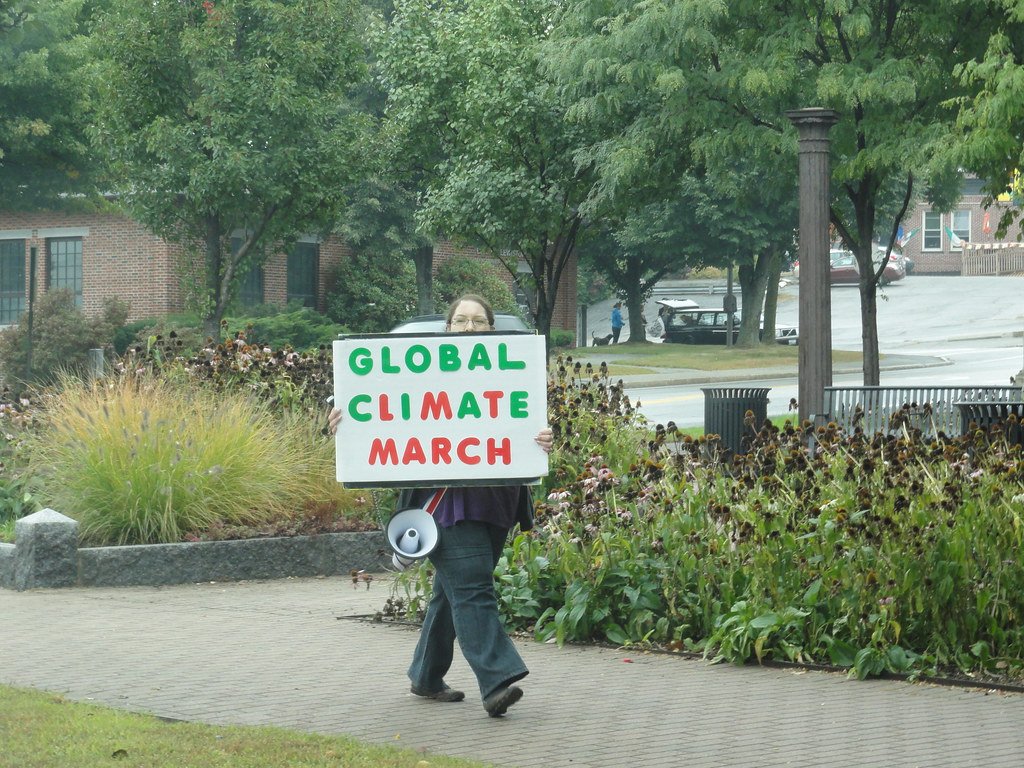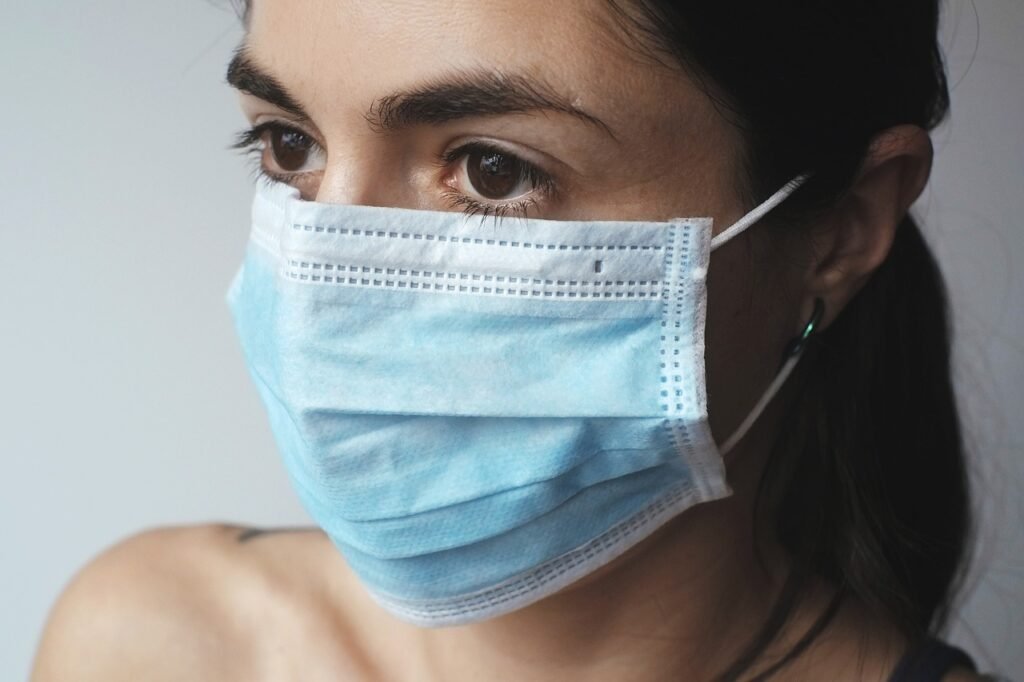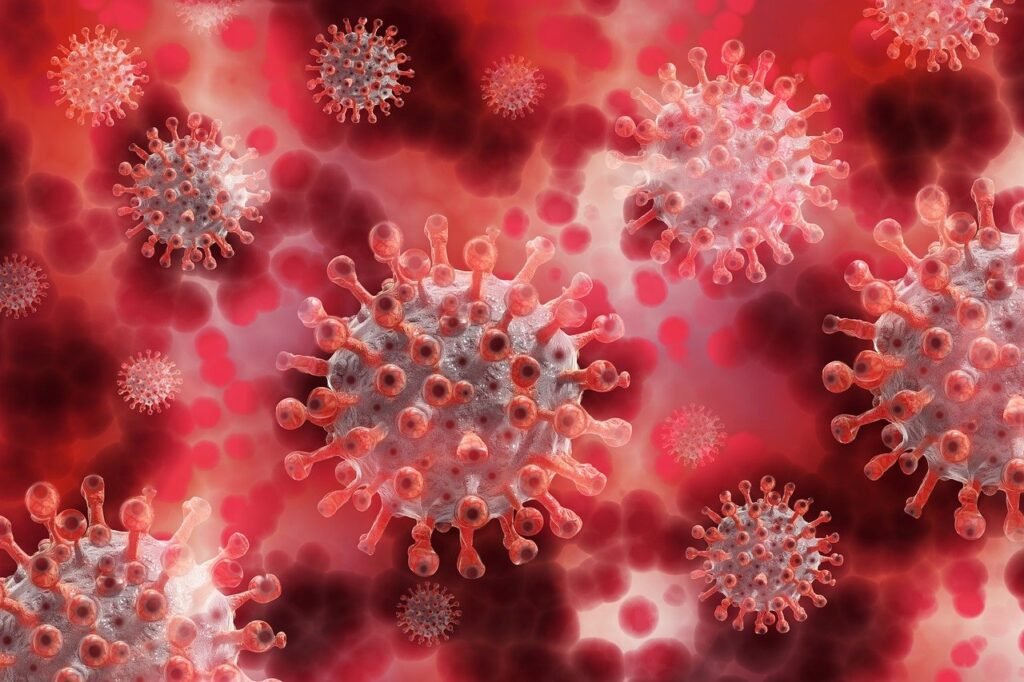Climate change is one of the most pressing issues of our time, reshaping not just our environment but also the dynamics of infectious diseases worldwide. With rising temperatures, altered weather patterns, and shifting ecosystems, infectious diseases have found a fertile ground to thrive and spread. This article delves into the various ways climate change is impacting the emergence and distribution of new infectious diseases, highlighting the interplay between environmental changes and public health.
Understanding Climate Change and Its Impact

Climate change refers to significant and lasting changes in the global climate patterns, primarily driven by human activities such as burning fossil fuels and deforestation. These activities increase greenhouse gases in the atmosphere, leading to global warming and other climatic shifts. These changes disrupt the delicate balance of ecosystems, affecting both human and animal health by creating new opportunities for infectious diseases to emerge and spread.
Warmer Temperatures and Disease Proliferation

Rising global temperatures are a critical factor in the spread of infectious diseases. Many pathogens, such as bacteria, viruses, and fungi, thrive in warmer conditions. Diseases that were once confined to tropical regions are now appearing in new areas as these regions become more conducive to pathogens’ survival and transmission. For instance, malaria and dengue fever, traditionally tropical diseases, are now being reported in temperate zones.
Impact on Vector-Borne Diseases

Vector-borne diseases are those transmitted by vectors like mosquitoes, ticks, and fleas. Climate change affects their breeding and feeding patterns, expanding their habitats into new geographical areas. Mosquitoes, for example, responsible for diseases like Zika, chikungunya, and West Nile virus, are now thriving in regions previously too cool for their survival.
Altered Rainfall Patterns and Waterborne Diseases

Climate change is also influencing rainfall patterns, leading to either droughts or heavy rainfall, both of which can lead to the spread of infectious diseases. Heavy rains and flooding increase the risk of waterborne diseases such as cholera, as contaminated water supplies become more common. Droughts, on the other hand, force populations to rely on unsafe water sources, increasing exposure to pathogens.
Thawing Permafrost and Ancient Pathogens

The thawing of permafrost poses another significant threat. As the ice melts, long-dormant pathogens trapped in the ice for centuries can re-emerge. There have already been cases reported of anthrax and other diseases resurfacing from permafrost in Siberia, posing new health risks to local and global populations.
Shifts in Animal Populations

As climate change affects habitats, many animal species are forced to migrate to more favorable environments. This shift can bring animals, and the diseases they carry, into closer contact with human populations, increasing the likelihood of zoonotic disease spillover. Such interactions can lead to outbreaks of diseases like Ebola and coronavirus, both of which have wildlife origins.
Urbanization and Human Encroachment

Human-driven land use changes, including deforestation and urbanization, amplify the effects of climate change by bringing humans into closer contact with new disease vectors and animal hosts. As natural habitats are destroyed, animals become displaced, and the risk of disease transmission to humans increases, particularly in dense urban areas where viruses can spread rapidly.
Resilient Pathogens and Adaptation

Climate change also exerts selective pressure on pathogens, enabling the survival of more resilient strains. These new strains may develop increased resistance to existing vaccines and treatments, posing significant challenges for public health systems worldwide. The evolution and adaptation of pathogens make ongoing monitoring and research critical.
Health System Preparedness and Challenges

The spread of infectious diseases due to climate change strains health systems, which must adapt quickly to manage increasing and emerging diseases. Effective response mechanisms require investment in healthcare infrastructure, disease surveillance, and research, as well as public health education to improve resilience against new outbreaks.
Global Collaboration and the Way Forward

Tackling the spread of infectious diseases linked to climate change requires global collaboration, as no region is immune from the effects. International partnerships and coordinated policies focused on reducing carbon emissions and implementing sustainable practices are essential. Additionally, the sharing of data and resources can enhance the global response to emerging health threats.
Concluding Thoughts

Climate change is reshaping the landscape of infectious diseases, presenting significant challenges to global health. By altering ecosystems and creating favorable conditions for the emergence and spread of diseases, it demands immediate and coordinated action. Understanding the intricate links between climate change and infectious diseases is crucial to developing strategies to mitigate risks and protect public health worldwide. Through proactive measures, increased research, and international cooperation, we can address these challenges and safeguard future generations against the health impacts of a changing climate.




